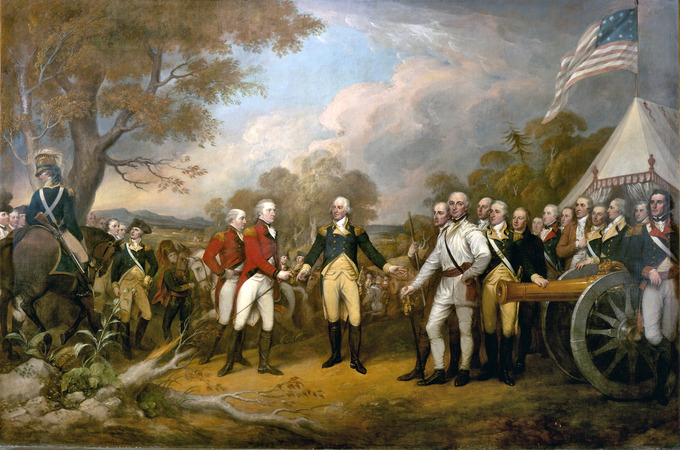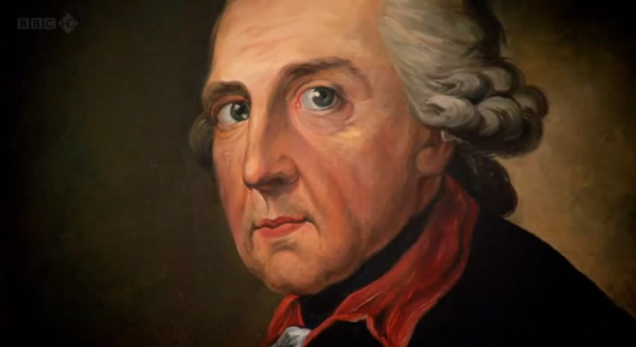Questions: (1) What was “enlightened absolutism”?
(2) What was the constitutional dispute between the colonists and the British government that led to the American Revolution? Give specific examples of how this constitutional dispute was evident in particular events (e.g., the Stamp Act).
The American Revolution
The American Revolution is a very interesting subject. But, did you know that the colonists had a very smart and precise argument for seceding from Britain? The colonists were considered full British subjects. So they claimed that like in Britain, the government was restrained by the British constitution.
The British constitution however isn’t like the one of the United States. Tradition and customary practice are what makes up the British constitution. So, like the Parliament in Britain, the colonists created elected assemblies for their colonies. They claimed that the British government couldn’t do anything pertaining to the colony’s internal affairs without the consent of the colonial assemblies. They did believe that the British government had the right to create foreign policy and trade policy though. For a few generations, Britain didn’t interfere with colonial affairs and allowed the colonial assemblies to run on their own. This installed the idea in the colonists that their assemblies were constitutional because they were now the customary practice. Eventually the British decided they wanted to get a tighter hold on the colonies and squeeze more money out of them.

The Problem of the Sugar Act
One example of this was the Sugar act: It lowered the tariff on imported molasses from 100% to 50%. This probably sounds like a good thing but it wasn’t. When the tariff was 100% it was considered a protective tariff. It was considered a protective tariff because no one was stupid enough to pay that much in tax. So, they bought their molasses from the colonial producers instead and it didn’t produce much revenue for the British government. When they lowered the tariff, people were willing to pay the 50% tax. So, colonial producers were losing business and the British government was now making money.
The Colonists viewed this as unconstitutional because Britain changed their tariff without the consent of their assemblies. The new tariff was no longer considered trade policy. It was directly affecting colonists with them losing money and the British gaining money. The British bypassed the colonial assemblies and implemented a tariff that affected the colonies internal affairs. This was viewed as unconstitutional because it affected the colonies internal affairs. The British government believed that their actions were constitutional literally because they “said so” This is just one of many things the British government did that incited the American Revolution.
Enlightened Absolutism
Enlightened absolutism was a political trend in early modern Europe. It synthesized the ideas of the Enlightenment with that of absolute monarchy. Many rulers enacted this policy including Fredrick II in Prussia, Catherine the Great in Russia, Joseph II in Austria, and Charles III in Spain. The shining example of enlightened absolutism was Fredrick the Great. He believed in promoting education, was in favor of religious toleration, was likely a deist, and he increased the states control over the church. He also enacted judicial reforms and he was good buddies with Voltaire (the French Enlightenment thinker). Catherine the Great did not achieve as much in the way of enlightened absolutism due mostly to Russia’s rural population. Like Catherine the Great, Joseph II and Charles III also did not go as far in enlightened absolutism.


Leave a Reply